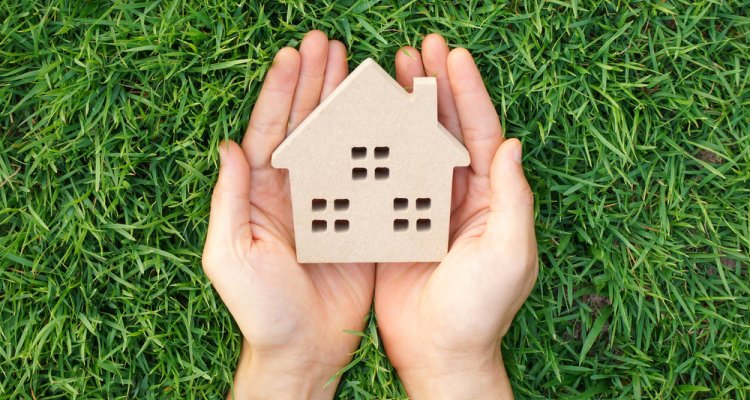
Project
Re-evaluating the use of crops and wood from the perspective of everyday life
The transition from using fossil based feedstock to biobased feedstock for building houses and use in households involves many aspects. This project will analyse the interrelating landscape regarding: product qualities and volumes, feedstock options, conversion scales, sustainability benefits and impacts; and draft an action plan for regional value chains.
A considerable share of materials and energy used for the construction of houses and in household applications is based on fossil feedstock. This is especially true for the building and construction of houses, but also the production, transport, use and disposal of products used on a daily basis like clothing, furniture, packaging, etc. In a biobased society, such feedstock will be replaced by renewable, biobased feedstock and circular use of such materials, with great benefits for sustainability and climate neutrality. From a climate perspective, this feedstock should preferably be sourced as locally as possible (e.g. part of province). This would require a major change in the way landscapes are designed and used, with careful consideration of what is produced most efficiently where, and trade-offs or synergies in terms of biodiversity protection, soil quality, attractiveness, etc. In this project we explore the options to establish value chains
- Using lignocellulosic feedstock from wood and crops (residues) for
- applications in houses and households, starting from the end products requirements and demands,
- considering quality, volume, as well as sustainability and landscape impacts (positive and negative),
- at regional (National) and/or local (part of a Province) level,
- contributing to a sustainable world.